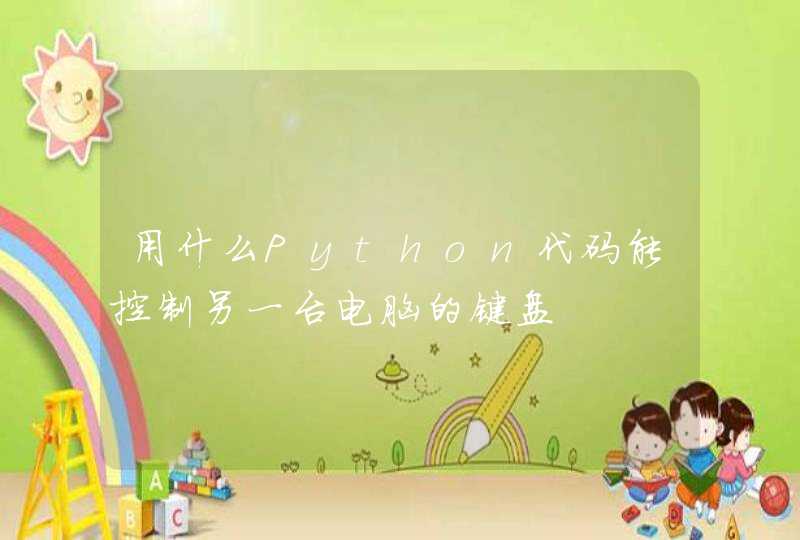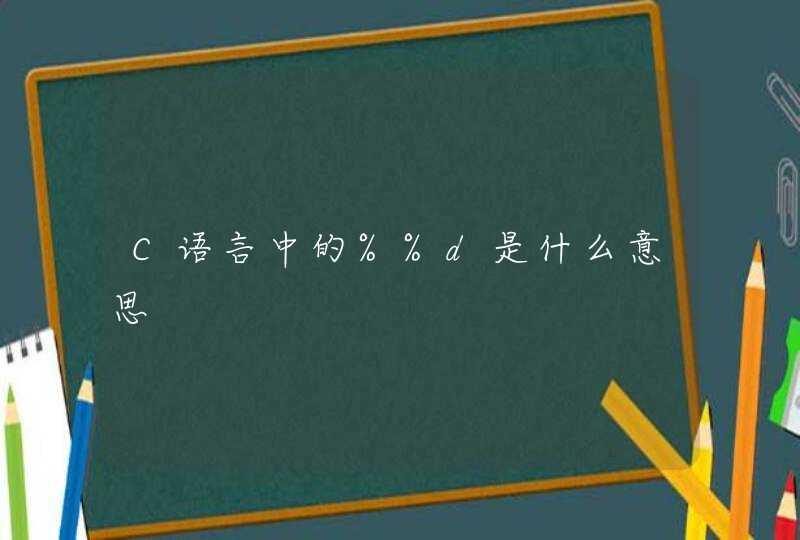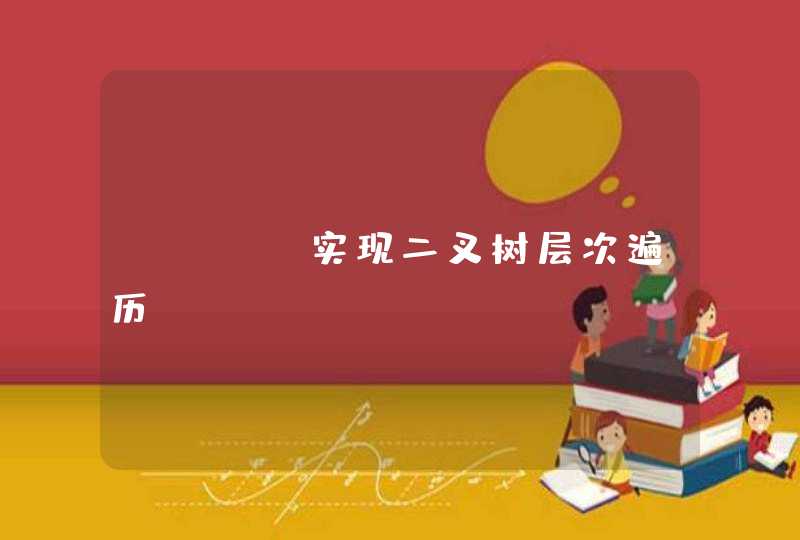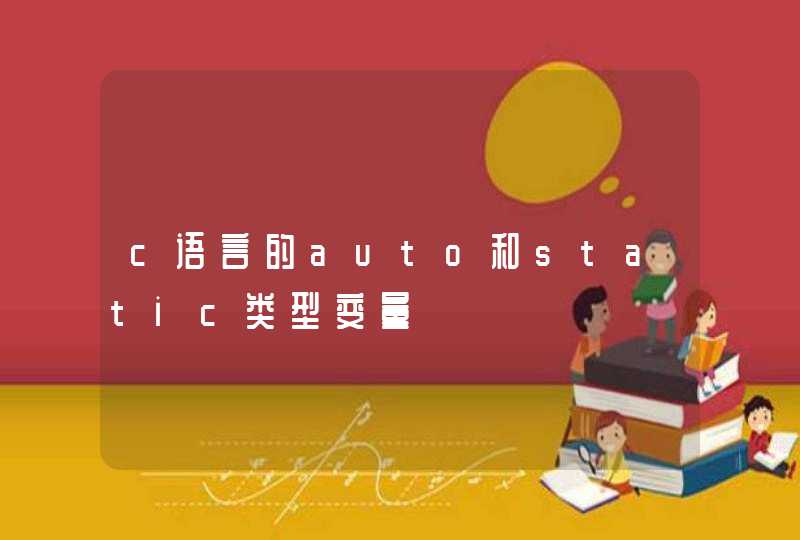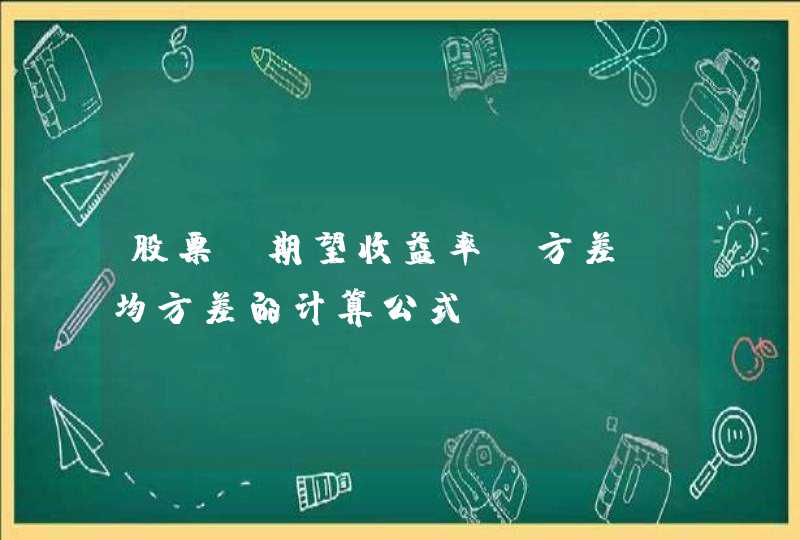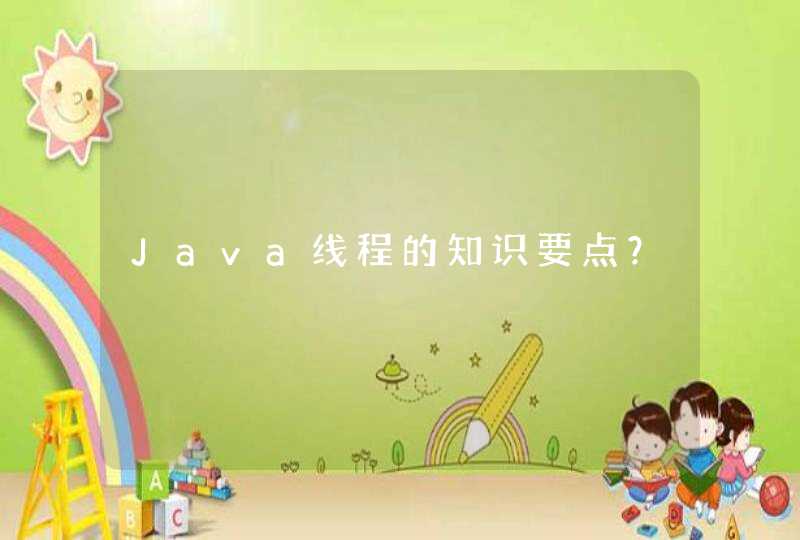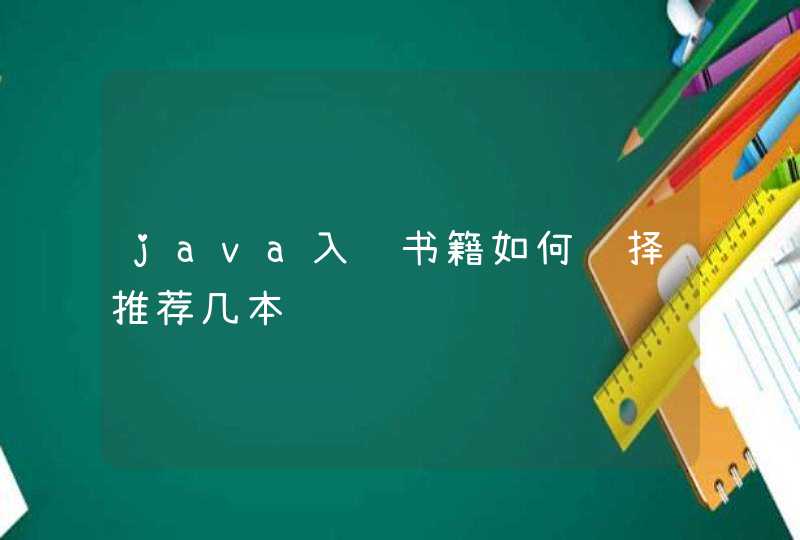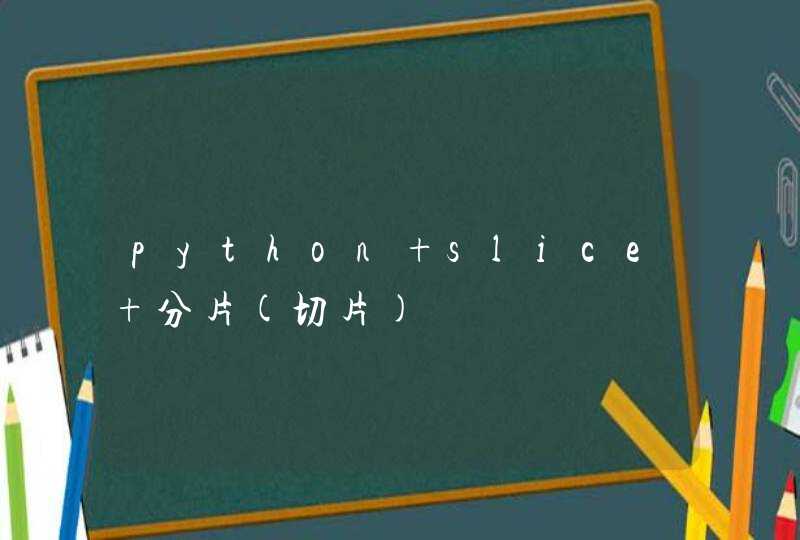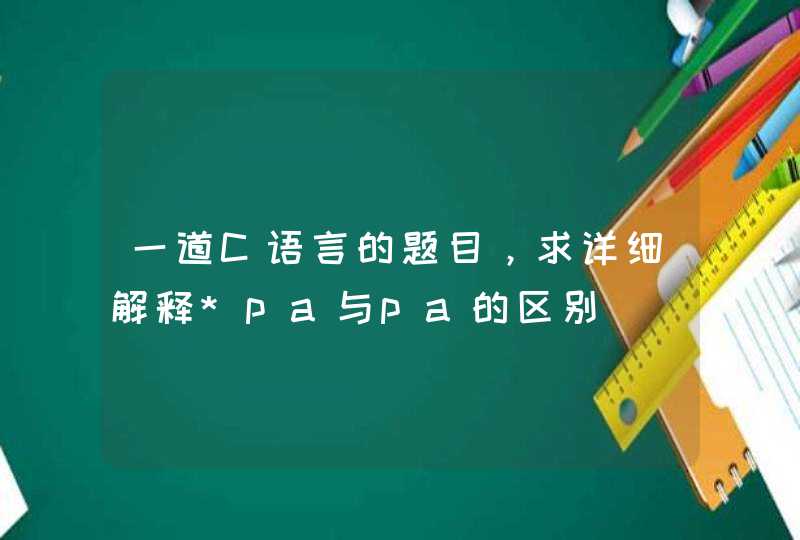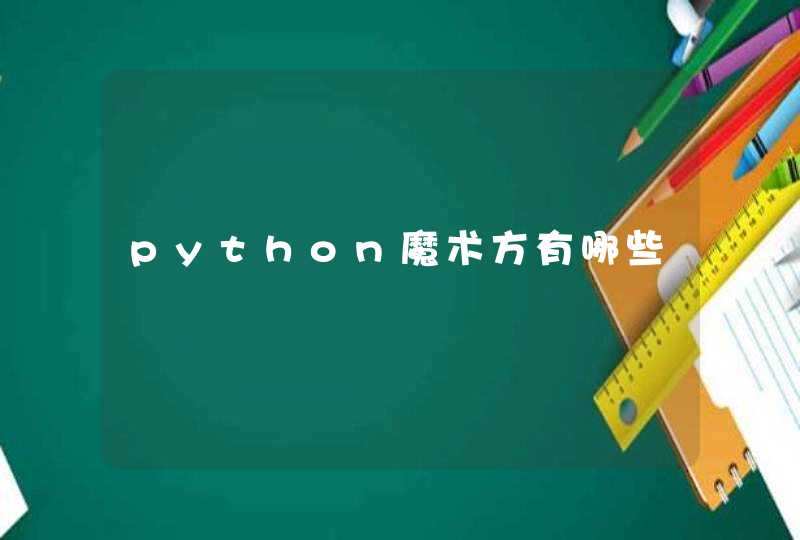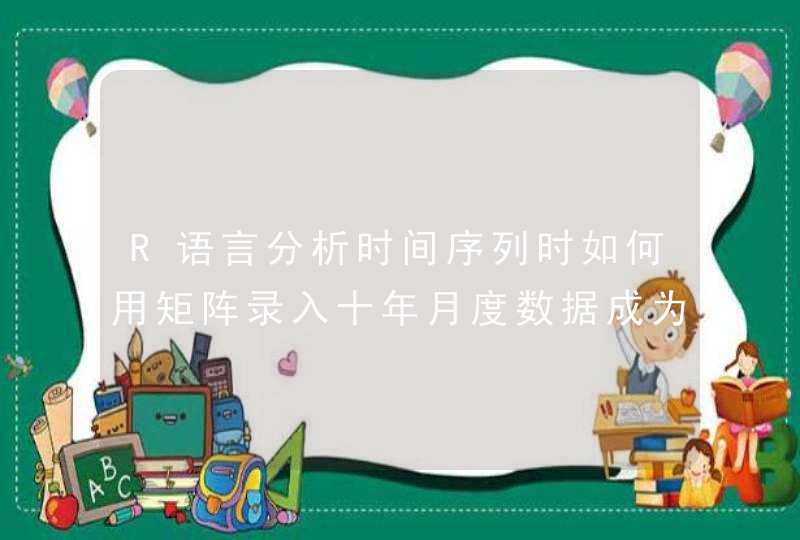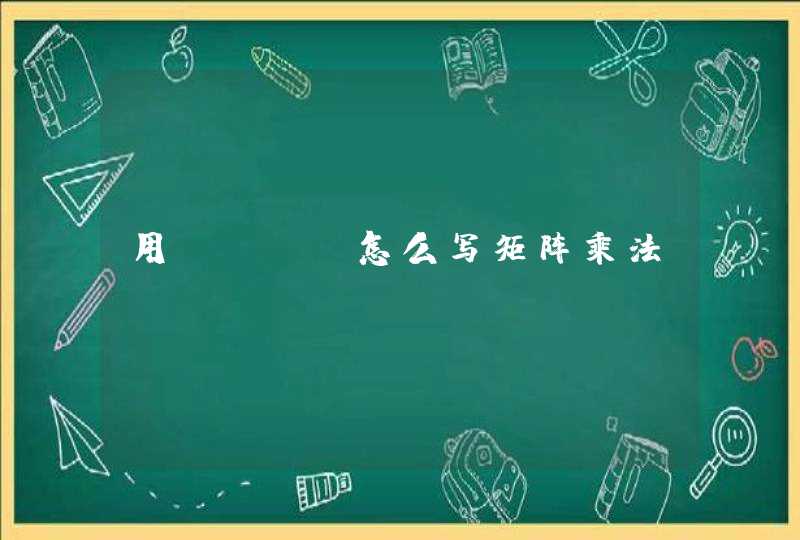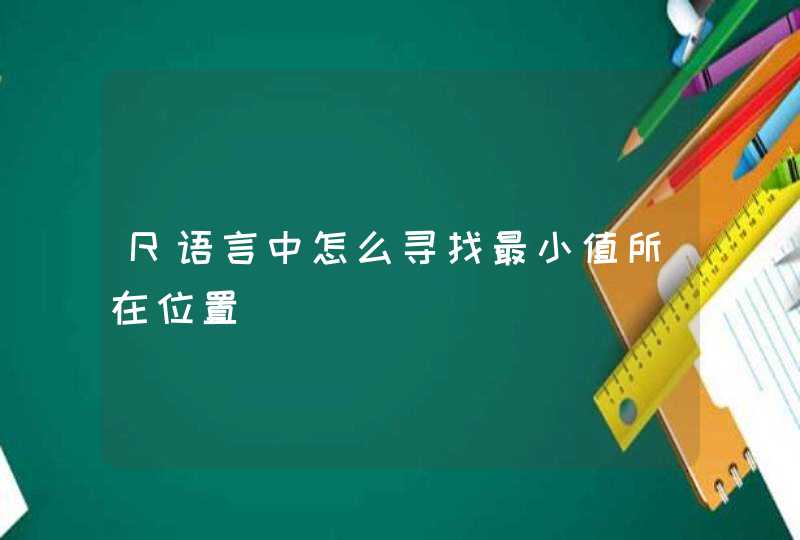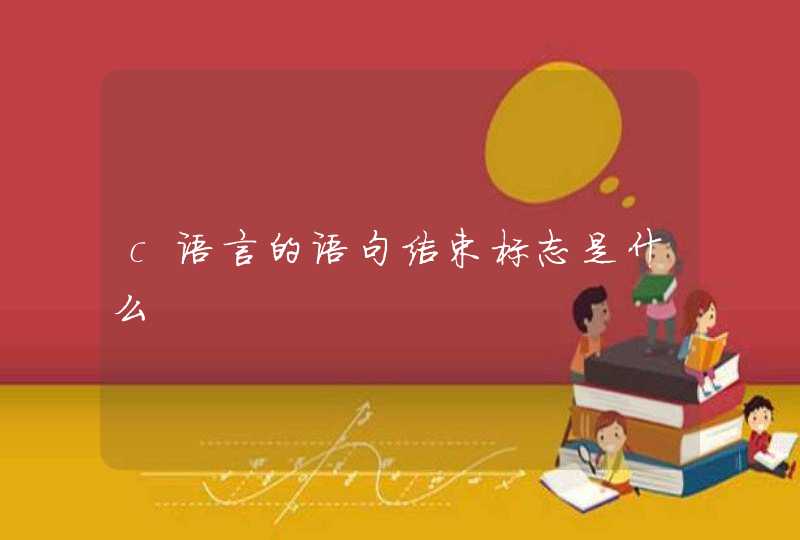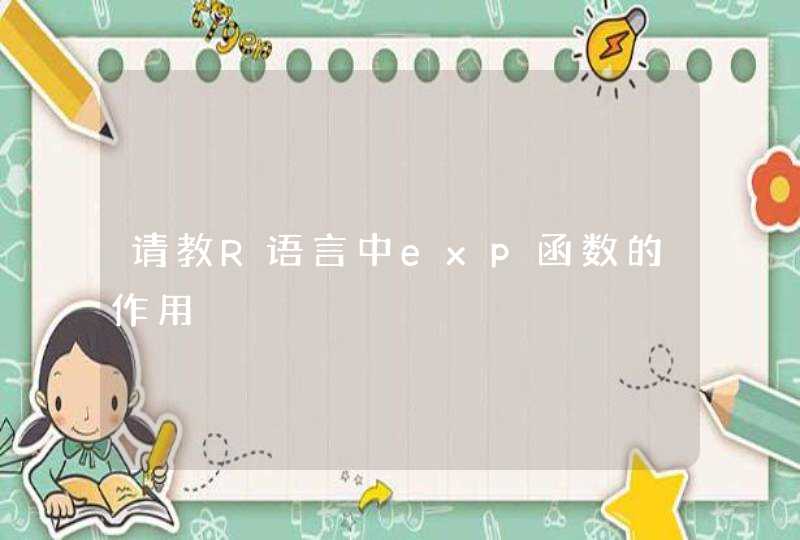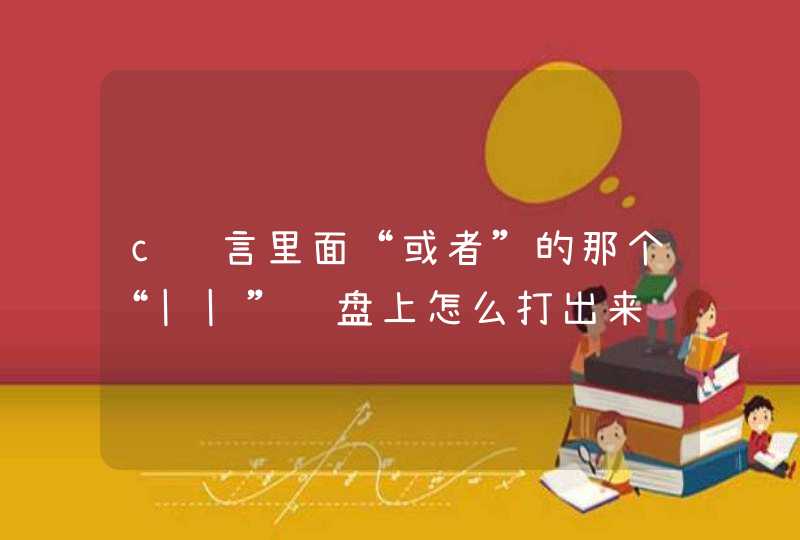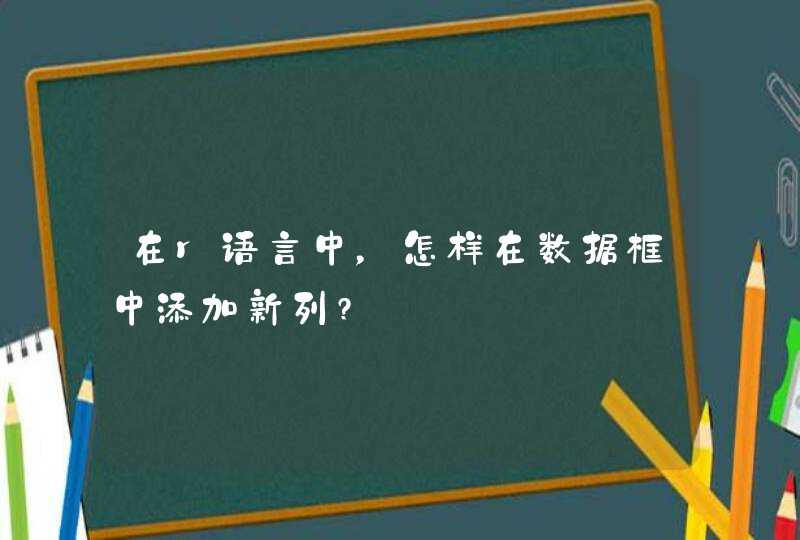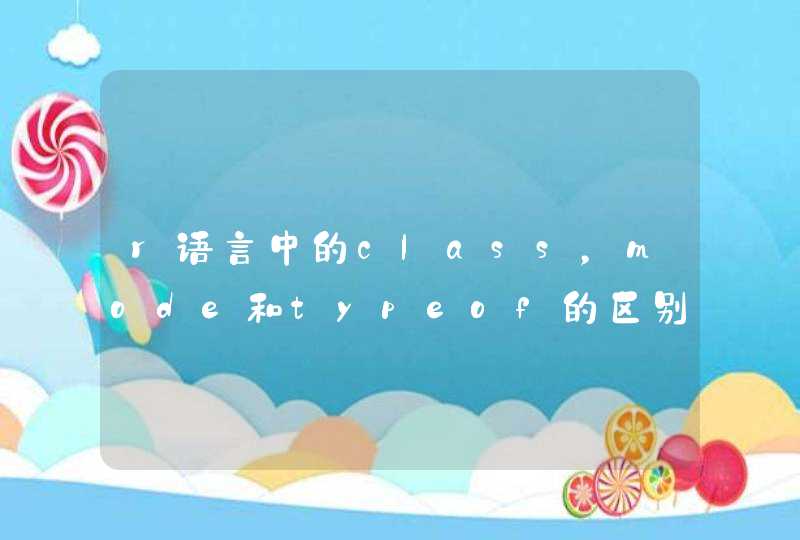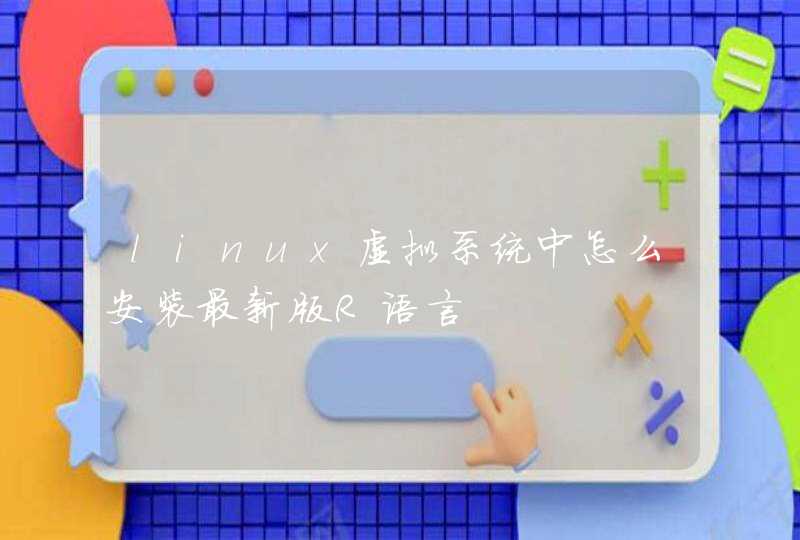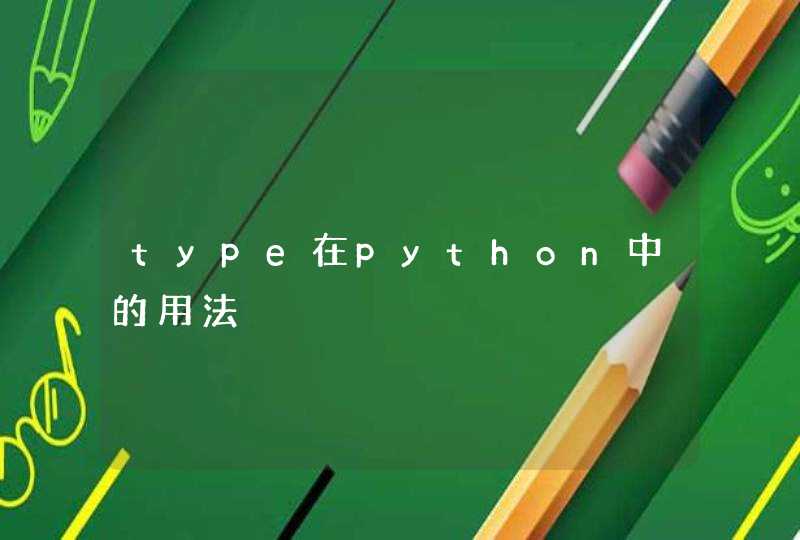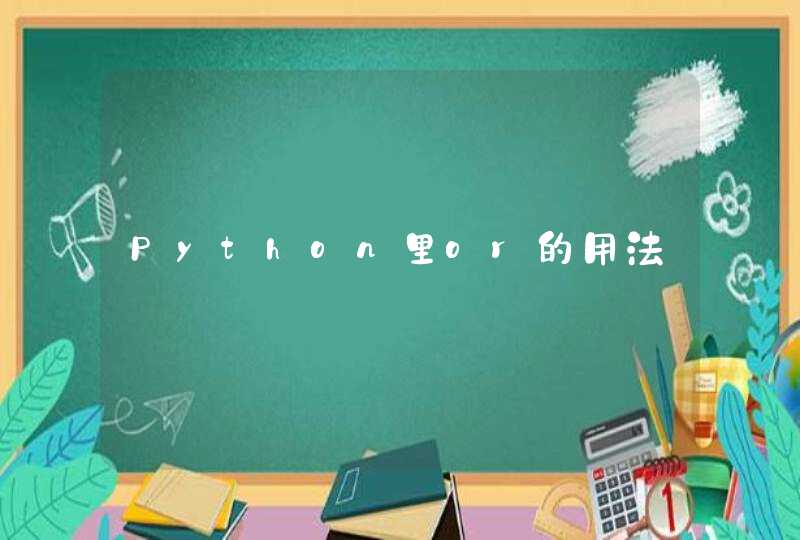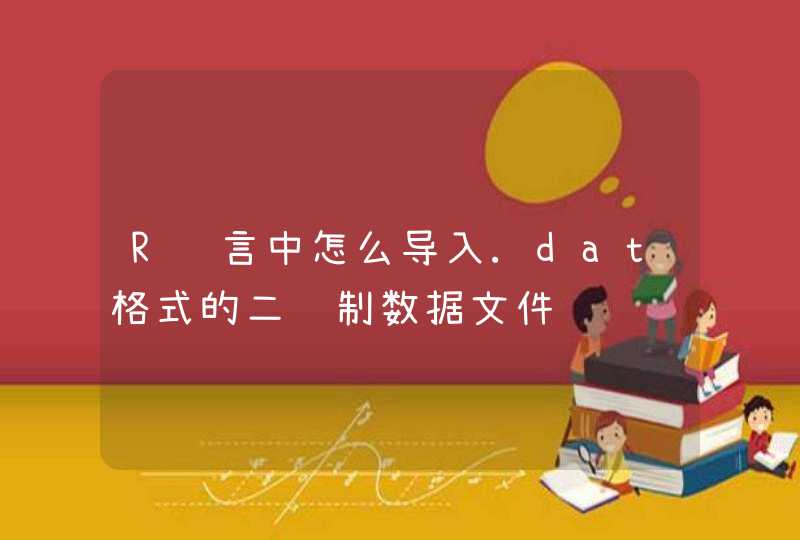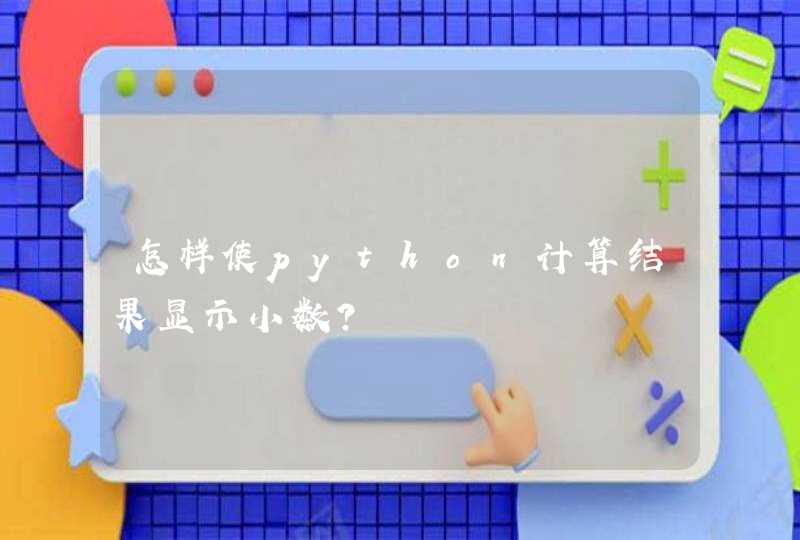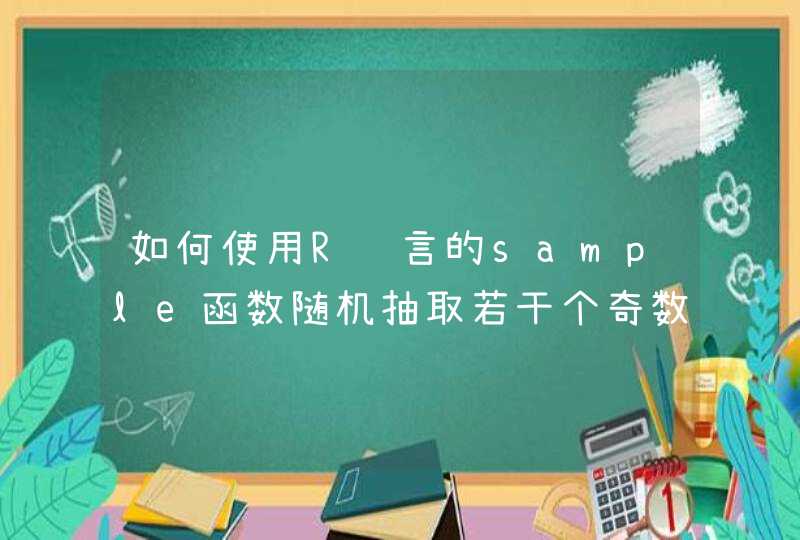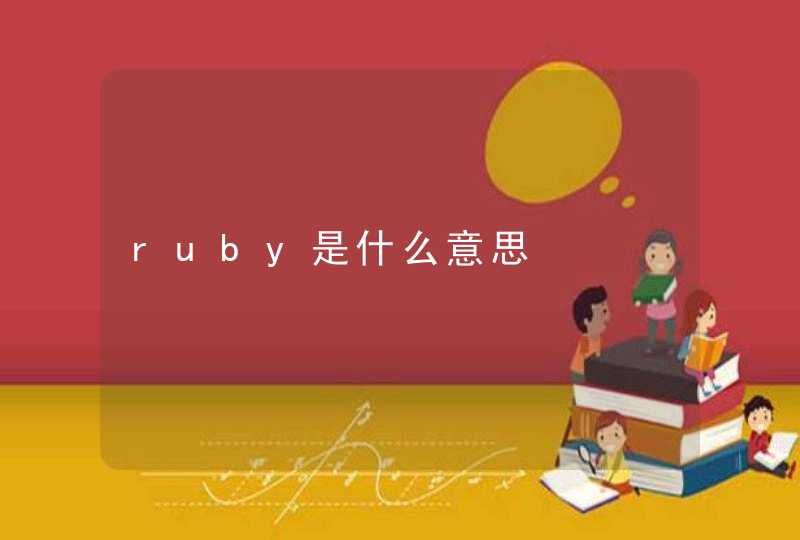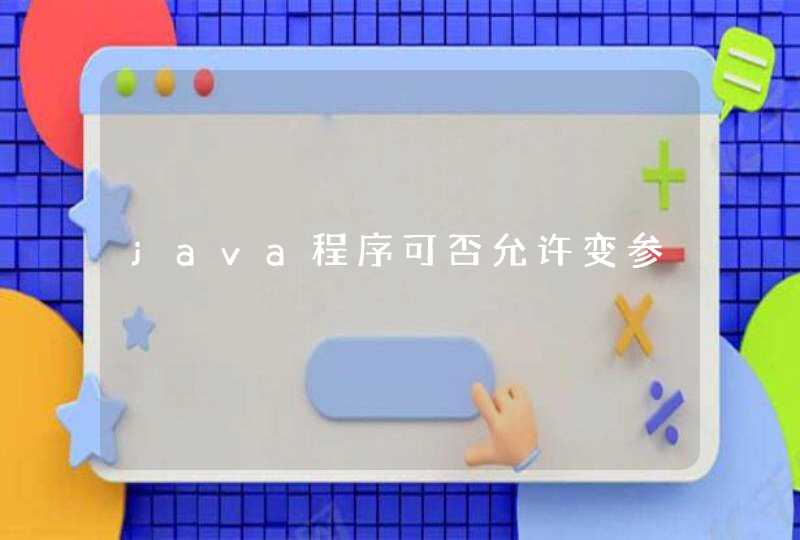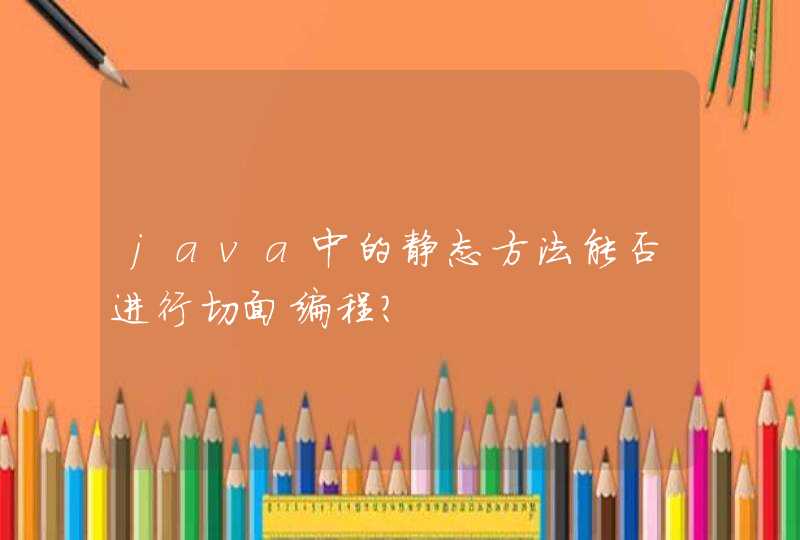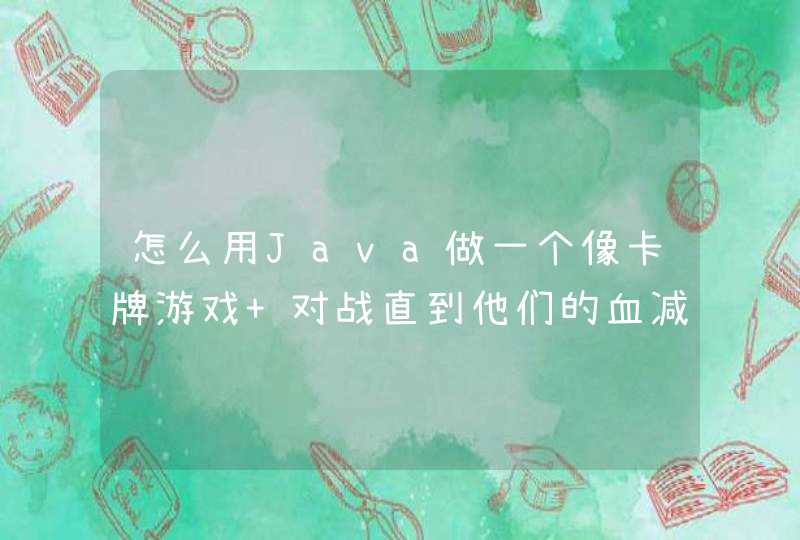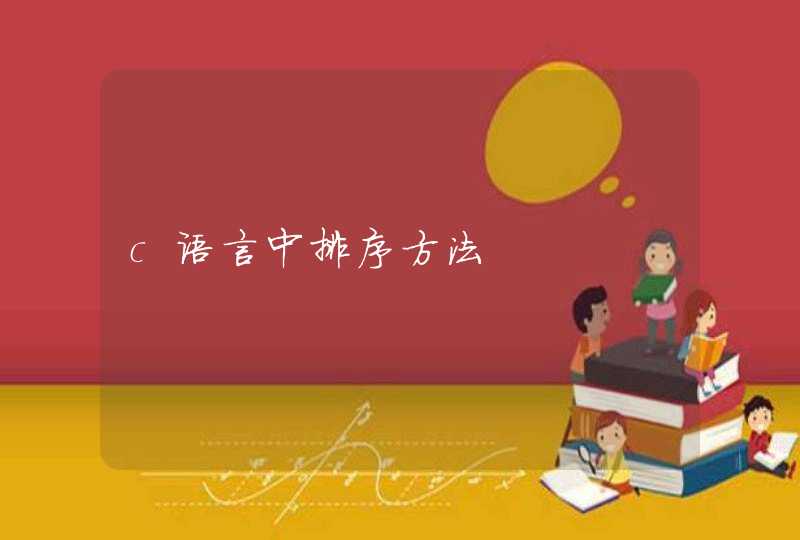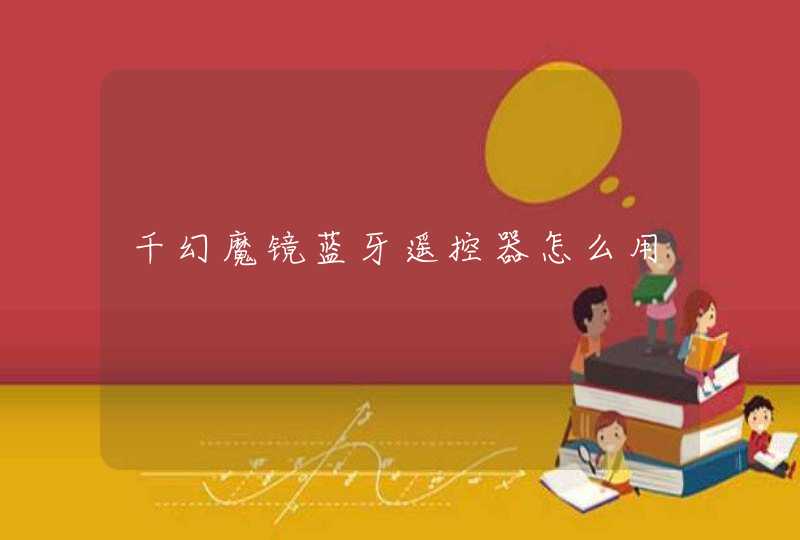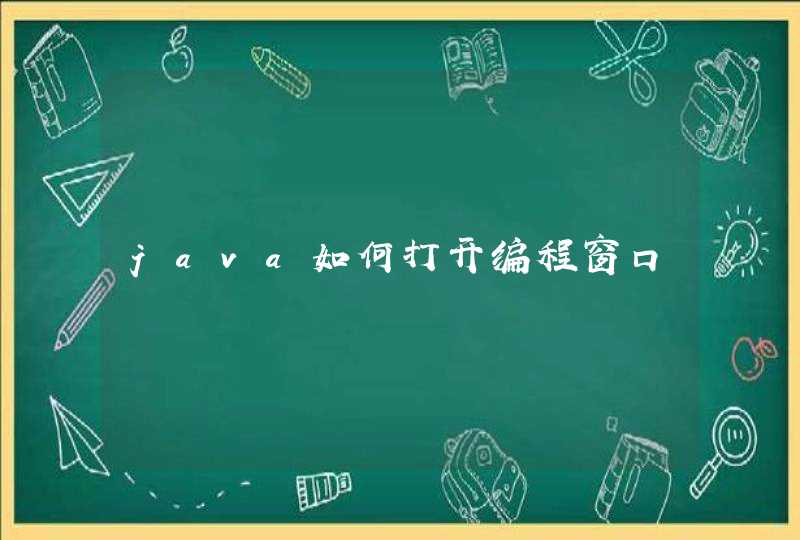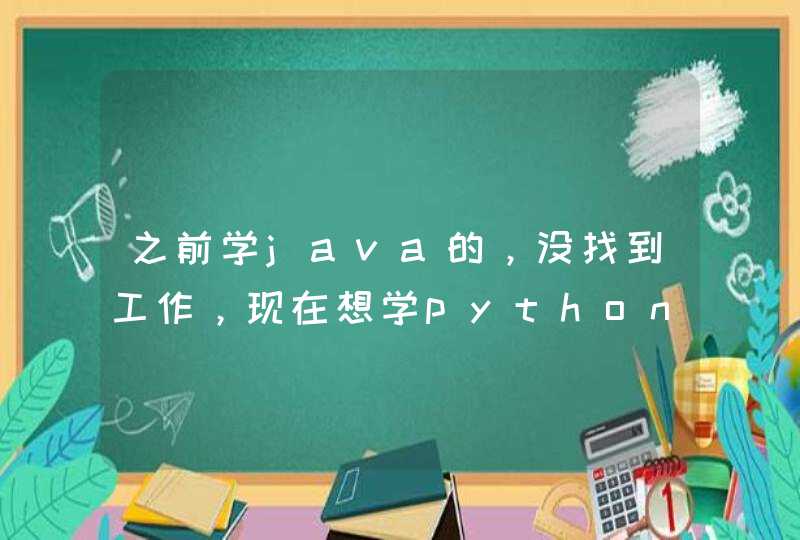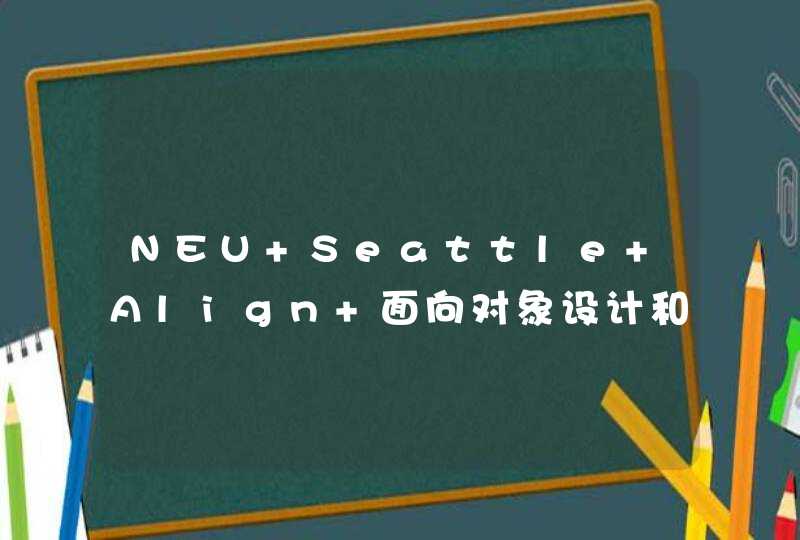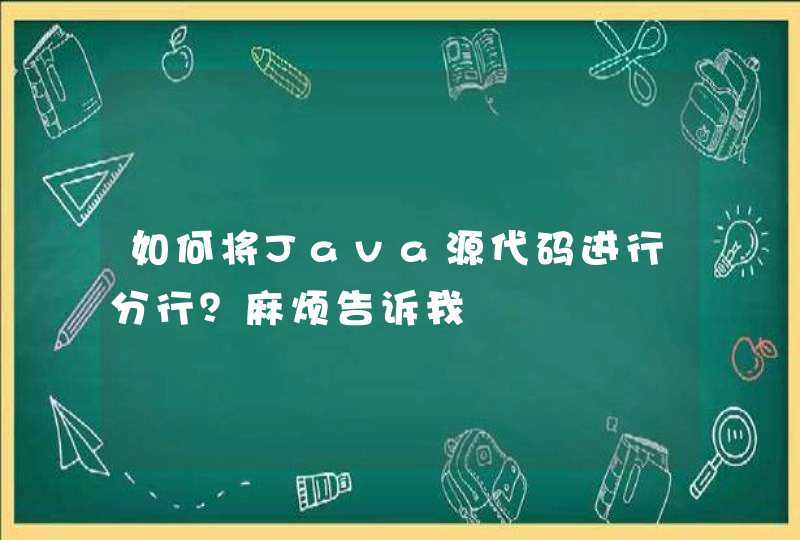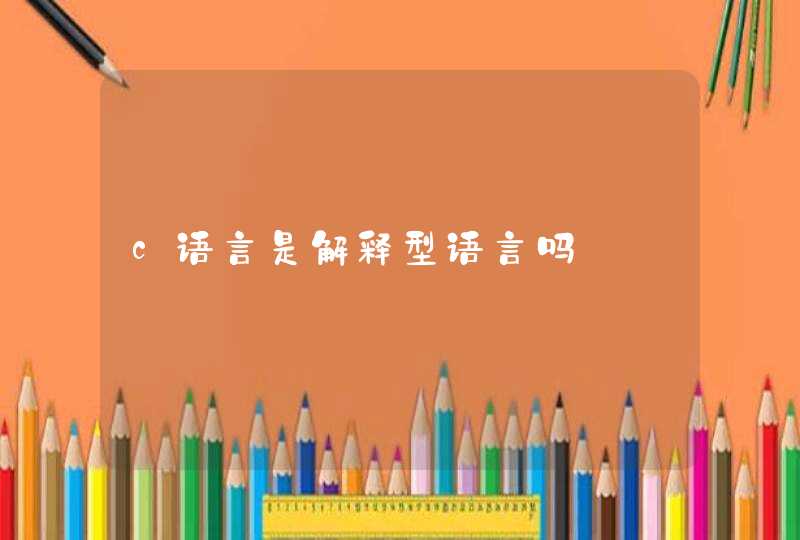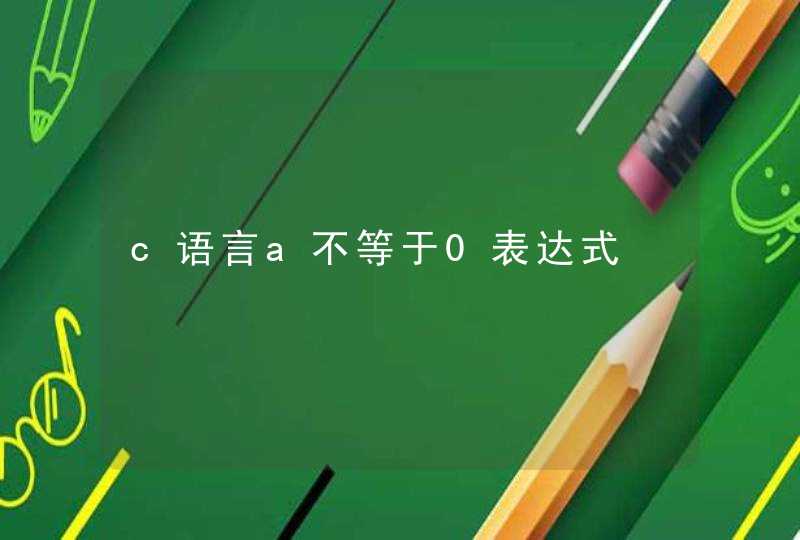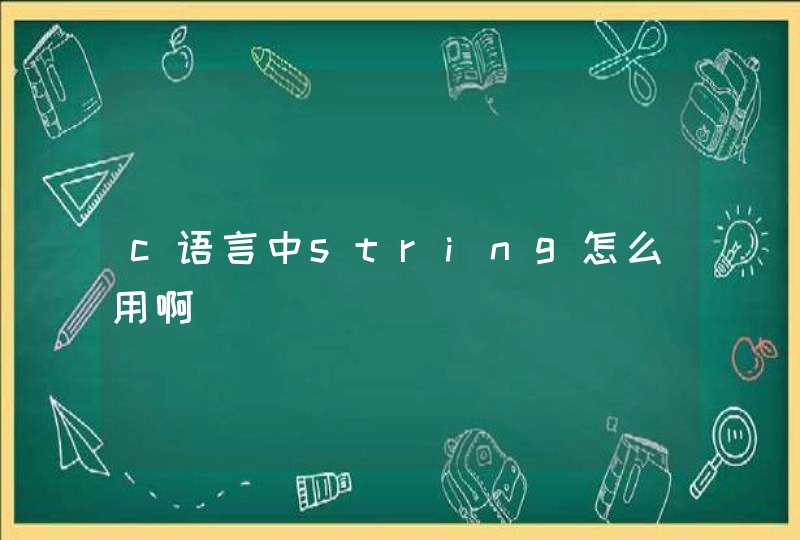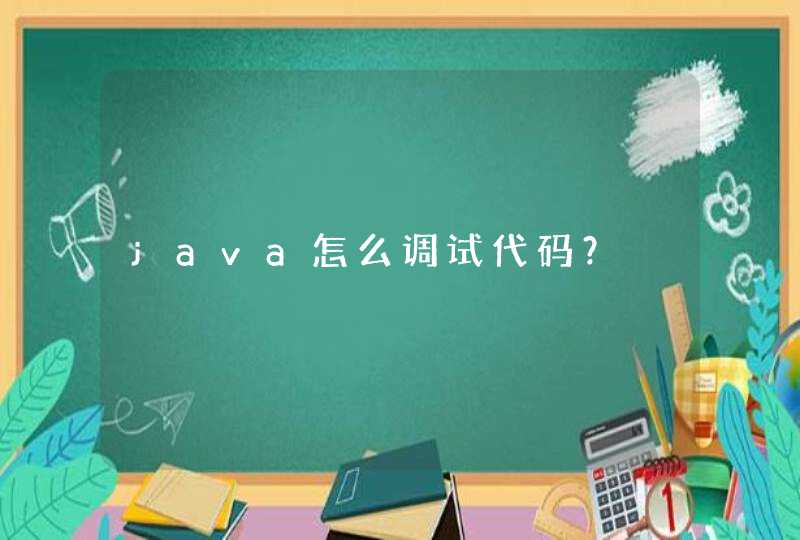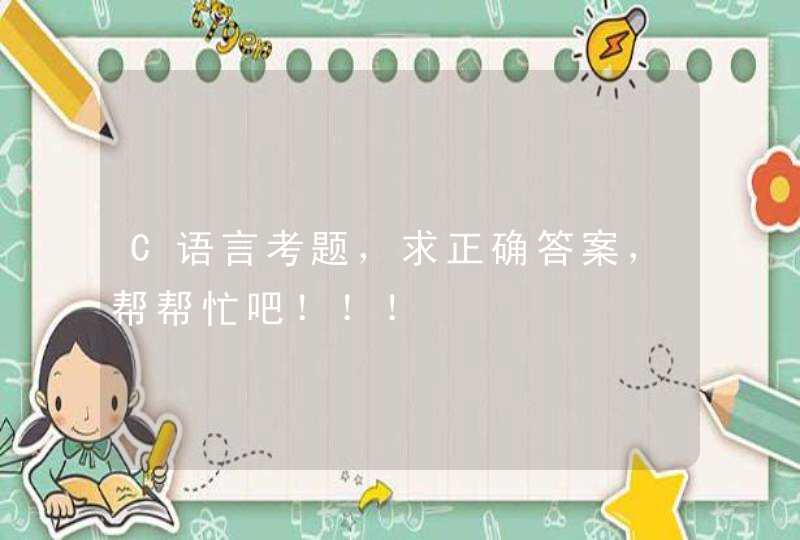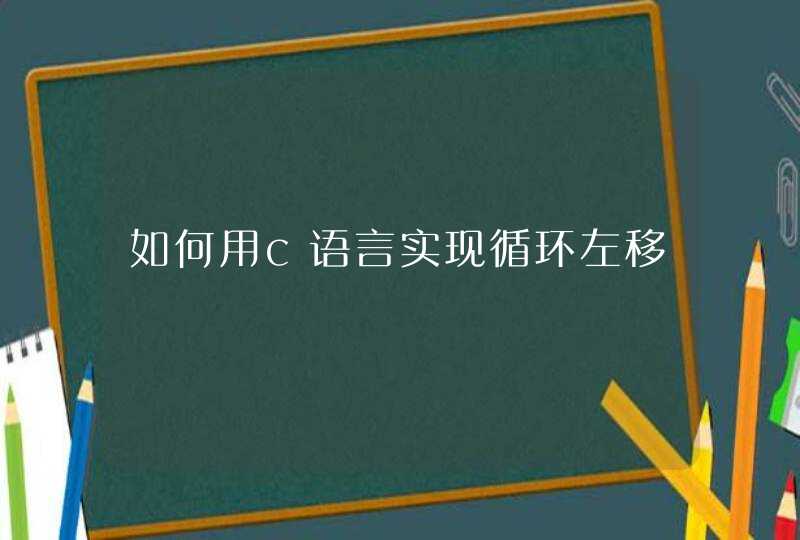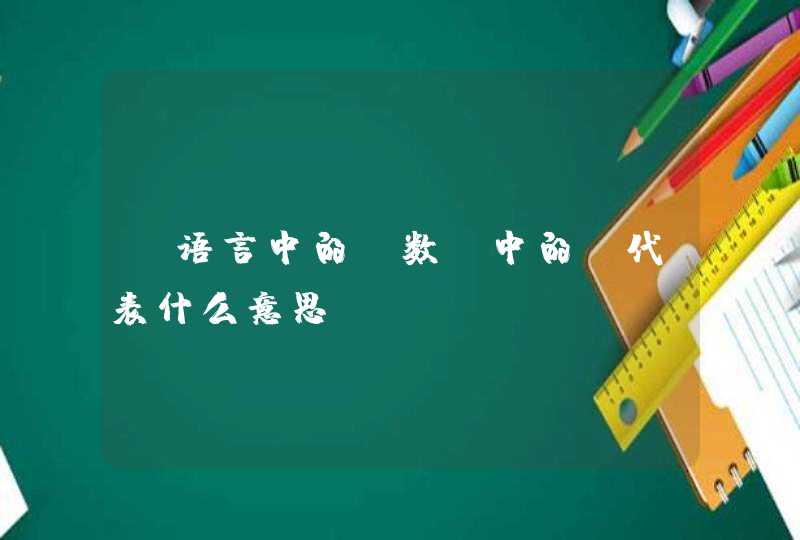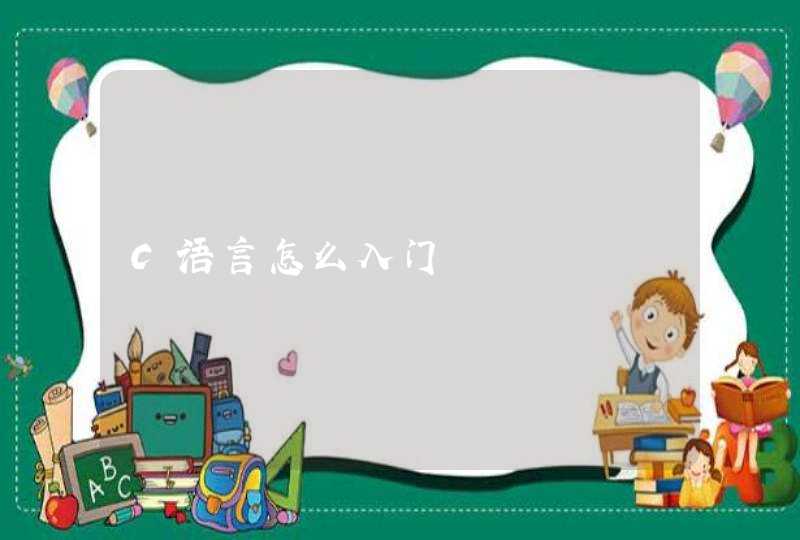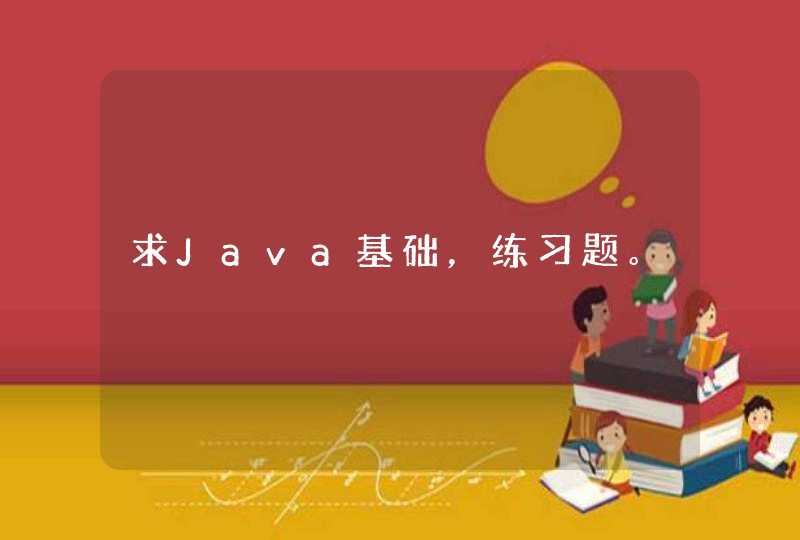
1. 下列选项中,不属于Java语言特点的一项是( C )。
A:分布式 B:安全性 C:编译执行 D:面向对象
2. Java语言的特点与 C/C+ +语言的比较中说法错误的是:( D )
A:简单性Java继承了 C/C+ +的语法 ,丢弃了其中不常用又容易引起混淆的功能。
B:Java是一种纯面向对象的语言 ,具有封装、继承 ( Inheritance)和多态( Polymorphism)的特点。
C:Java应用程序可凭借URL打开并访问网络上的对象。
D:解释型Java写成的源代码需要被编译成高阶的字节码 ,它们与机器架构有关。
3. 阅读下列代码,选出该代码段正确的文件名( C )。
class A{
void method1(){
System.out.println("Method1 in class A")
}
}
public class B{
void method2(){
System.out.println("Method2 in class B")
}
public static void main(String[] args){
System.out.println("main() in class B")
}
}
A: A.java B:A.class C: B.java D: B.class
4. 如果一个类的文件名为Student.java,但是类的代码为:
public class Student {
public static void main(String[] args) {
System.out.println(8>>2)
}}
那么下列说法正确的是:( B )
A:程序运行结果为8B:程序运行结果为2
C:程序运行结果为0D:程序编译错误,不能运行
5. 符合对象和类的关系的是( D )。
A:教师和学生 B:书和房子
C:狗和猫 D:飞机和交通工具
6. 关于垃圾回收机制描述不正确的是( B )
A:垃圾回收机制不须通过程序员调用相应方法,也能自动启动。
B:java程序员用System.gc()方法一定能进行垃圾回收
C:垃圾回收机制属于jvm自动操作,java程序员可以不进行垃圾回收操作。
D:垃圾回收机制并不是由操作系统自动执行。
7. 编译下面源程序会得到哪些文件( D )?
class A1{
}
class A2 exdends A1{
}
public class B{
public static void main(String[] args){
}
}
A: 只有B.class文件 B:只有A1.class和A2.class文件
C: 编译不成功 D:A1.class、A2.class和B.class文件
8. 下列关于基本数据类型的说法中,不正确的一项是( D )。
(A)boolean类型变量的值只能取真或假
(B)float是带符号的32位浮点数
(C)double是带符号的64位浮点数
(D)char是8位Unicode字符
9. 下列(D )是合法的标识符?
A:12class B:void C:-5 D:_blank
10. 在编写Java程序时,如果不为类的成员变量定义初始值,Java会给出它们的默认值,下列说法中不正确的一个是( D )。
A:byte的默认值是0 B:boolean的默认值是false
C: char类型的默认值是’\0’ D: long类型的默认值是0.0L
11. 下列程序执行的结果是:( B )
public class News {
public static void main(String[] args) {
System.out.println(1+2+ "aa"+3)
}}
A: "12aa3" B: "3aa3 " C: "12aa" D: "aa3"
12. 表达式(12==0) &&(1/0 <1)的值为( B )。
A: true B: false C: 0 D: 运行时抛出异常
13. 下列循环体执行的次数是( C )。
int y=2, x=4
while(--x != x/y){ }
A : 1 B: 2 C : 3 D : 4
14. 已知如下代码:
switch(m){
case 0: System.out.println("Condition 0")
case 1: System.out.println("Condition 1")
case 2: System.out.println("Condition 2")
case 3: System.out.println("Condition 3")break
default:System.out.println("Other Condition")
}
当m的值为( D )时,输出“Condition 3”
(A)2 (B)0、1 (C)0、1、2 (D)0、1、2、3
15. 下列语句输出的结果是:( C )
public class X3 {
public static void main(String[] args) {
for(int i=0i<10i++){
if(i==5) break
System.out.print(i)
}
}
}
A:编译错误B:1234C:01234D:12345
16. 下列语句输出的结果是:( D )
public class Lx1 {
public static void main(String[] args) {
for(int i=0i<5i++){
switch(i){
case 0:System.out.print("B")
case 1:System.out.print("e")break
case 2:System.out.print("g")
case 3:System.out.print("!")break
case 4:System.out.print("!")break
default:System.out.print("!")
}
}
}
}
A:Beg!!! B:Beeg! C:Beg! D:Beeg!!!
17. 下面foreach循环的程序输出结果是( D )。
public class Lx1{
public static void main(String[] args) {
String s1[]={"欢迎您","3","G","同","学",}
Arrays.sort(s1)
for(String s0:s1)
System.out.print (s0)
}
}
A:欢迎您3G同学 B:3G欢迎您同学 C:同学欢迎您3G D:3G同学欢迎您
18. 阅读以下程序,选择正确的运行结果:( B )
public class Lx1 {
public static void main(String[] args) {
byte d[]="YOUIHE你我他".getBytes()
String s=new String(d,6,2)
System.out.println(s)
}
}
A:HEB:你C:我D:他
19. 设有下列数组定义语句:
int a[][]= {{1, 2}, {3}}
则对此语句的叙述正确的是( D )。
A: 定义了一个名为a的一维数组 B: a数组 a[1][1]为0
C: a数组元素的下标为1~3 D: 数组中每个元素的类型都是整数
20. 下列程序输出的结果是:( B )
public class Lx1 {
public static void main(String[] args) {
String a[][] ={{"","","",""},{""},{"",""}}
System.out.println(a[2].length)
}
}
A:1 B:2 C:3 D:4
21. 关于以下程序的说明,正确的是( C )
1. class StaticStuff
2. {
3. static int x=10
4. static { x+=5}
5. public static void main(String args[ ])
6. {
7. System.out.println(“x=” + x)
8. }
9. static { x/=3}
10. }
A、4行与9行不能通过编译,因为缺少方法名和返回类型
B、9行不能通过编译,因为只能有一个静态初始化器
C、编译通过,执行结果为:x=5
D、编译通过,执行结果为:x=3
22. 给出下面代码,关于该程序以下哪个说法是正确的?( C )
public class Person{
static int arr[] = new int[5]
public static void main(String a[]) {
for(int i=0i
System.out.print(arr[0])
}
}
A、编译时将产生错误 B、编译时正确,运行时将产生错误 C、输出零 D、输出空
23. 下面程序中类ClassDemo中定义了一个静态变量sum,分析程序段的输出结果。( C )
class ClassDemo {
public static int sum=1
public ClassDemo() {
sum = sum + 5}
}
public class ClassDemoTest{
public static void main(String args[]) {
ClassDemo demo1=new ClassDemo()
ClassDemo demo2=new ClassDemo()
System.out.println(demo1.sum)}
}
A: 0 B: 6 C: 11 D: 2
24. 下面关于方法的说法,不正确的是( C )。
A: Java中的构造方法名必须和类名相同
B: 方法体是对方法的实现,包括变量声明和合法语句
C: 如果一个类定义了构造方法,也可以用该类的默认构造方法
D: 类的私有方法不能被其他类直接访问
25. 在Java中下列说法正确的是( C )
A) 一个子类可以有多个父类,一个父类也可以有多个子类
B) 一个子类可以有多个父类,但一个父类只可以有一个子类
C) 一个子类可以有一个父类,但一个父类可以有多个子类
D) 上述说法都不对
2、类的方法与异常处理:在一个类的main方法中定义一个长度为8的int型数组,用for循环对数组中的元素1到8的值。随机产生两个整数,将这两个整数作为数组的下标来引用数组中的元素,求出这两个元素的积,并在屏幕上输出这两个元素的值和积。要求在出现数组下标越界时,采用try-catch的方法捕获异常。
import java.util.Random
public class SecondTest {
public static void main(String[] args) {
//定义一个长度为8的int型数组
int[] ary = {35, 42, 13, 46, 59, 37, 125, 99}
//用for循环对数组中的元素1到8的值
for(int i= 1i <ary.lengthi++){
System.out.print(ary[i] + "\t")
}
System.out.println()
try{
Random rand = new Random()
//随机产生两个整数
int first = rand.nextInt()
int second = rand.nextInt()
//这两个整数作为数组的下标来引用数组中的元素,求出这两个元素的积
long mul = ary[first] * ary[second]
//屏幕上输出这两个元素的值和积
System.out.println("积为" + mul)
}catch(ArrayIndexOutOfBoundsException exp){
//出现数组下标越界时,采用try-catch的方法捕获异常
System.out.println("数组下标越界! Error!")
}
}
}
、类与对象的基础题:
1)编程实现:设计一个类Simple,有三个成员变量,分别为int型、double型和String型,这三个成员变量分别含有各自的get方法和set方法,可以用toString方法显示这三个成员变量。,
2)声明测试类:在测试类的main 方法中创建Simple类的对象aSimple,此对象调用set方法分别对对象的各个属性设置具体的值,然后调用get方法将aSimple的具体的值输出在屏幕上。
public class TestSimple {//测试类的
public static void main(String[] args) {
//创建Simple类的对象aSimple
Simple aSimple = new Simple()
//set方法分别对对象的各个属性设置具体的值
aSimple.setIntValue(5)
aSimple.setDoubleValue(123.45D)
aSimple.setStrValue("string value for simple")
//get方法将aSimple的具体的值输出在屏幕上
System.out.println("int value for simple is: " + aSimple.getIntValue())
System.out.println("double value for simple is: " + aSimple.getDoubleValue())
System.out.println("String value for simple is: " + aSimple.getStrValue())
}
}
class Simple{//类Simple
private int intValue//int型成员变量
private double doubleValue//double型成员变量
private String strValue//String型成员变量
//用toString方法显示这三个成员变量
public String toString(){
return intValue + ", " + doubleValue + ", " + strValue
}
public double getDoubleValue() {
return doubleValue
}
public void setDoubleValue(double doubleValue) {
this.doubleValue = doubleValue
}
public int getIntValue() {
return intValue
}
public void setIntValue(int intValue) {
this.intValue = intValue
}
public String getStrValue() {
return strValue
}
public void setStrValue(String strValue) {
this.strValue = strValue
}
}
第二题:public class suijishu
{
int x=(int)(Math.random()*(100-40)+40)
int y=(int)(Math.random()*(100-40)+40)
int z=(int)(Math.random()*(100-40)+40)
}
class use
{
public static void main(String args[])
{
suijishu s=new suijishu()
int score=(s.x+s.y+s.z)/3
System.out.println("三个随机数是"+s.x+","+s.y+","+s.z)
System.out.println("平均成绩是"+score)
}
}

